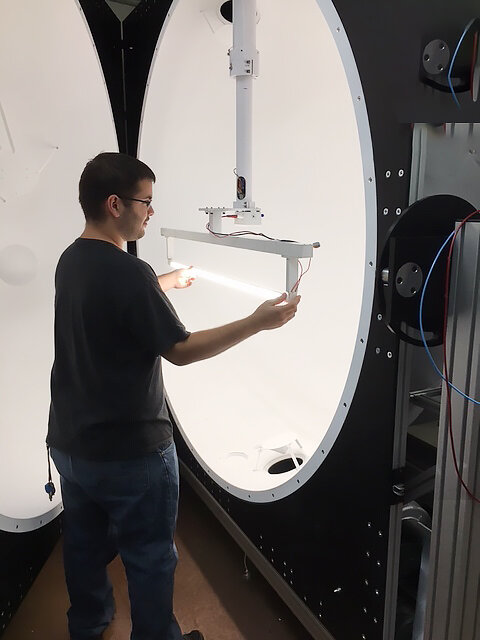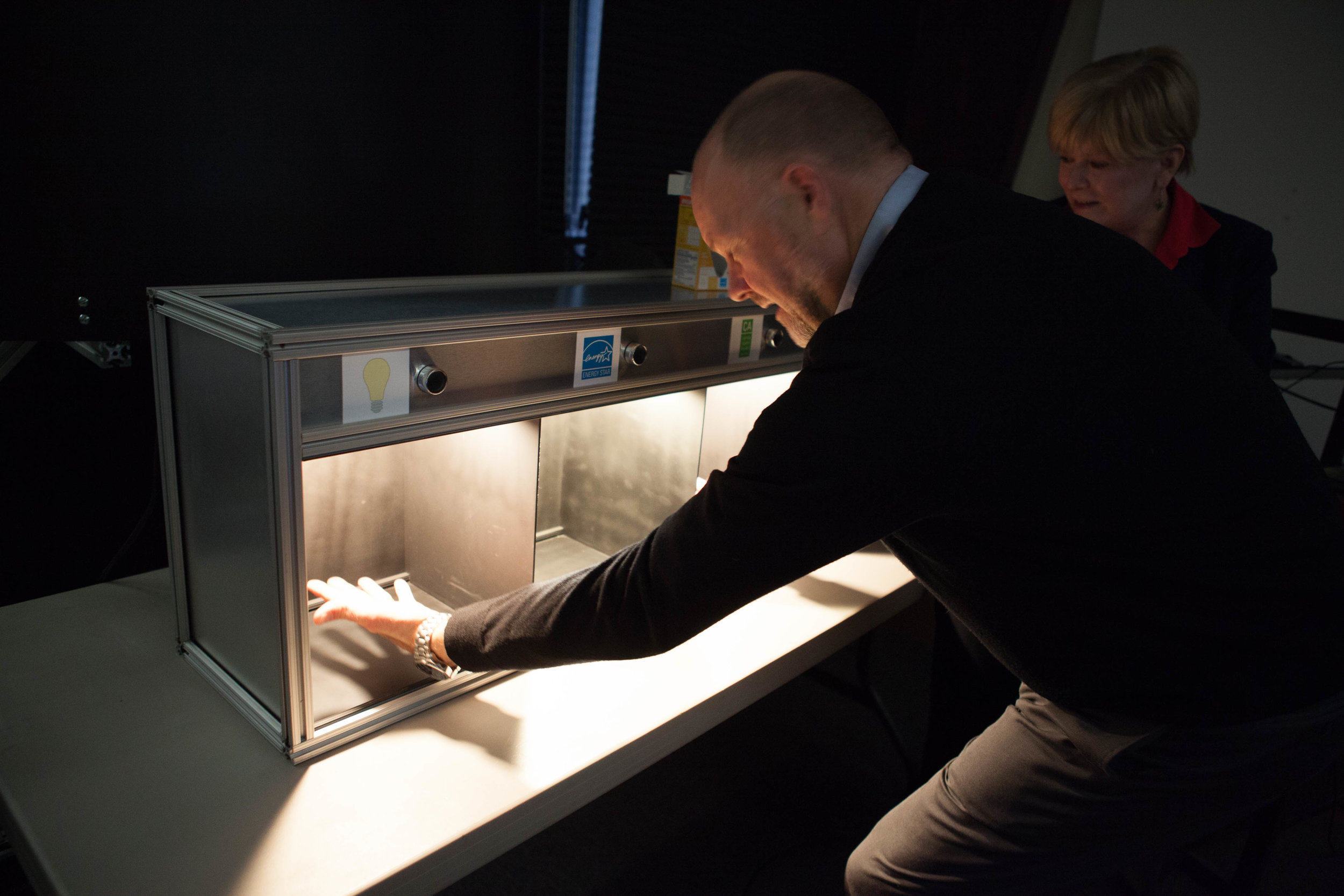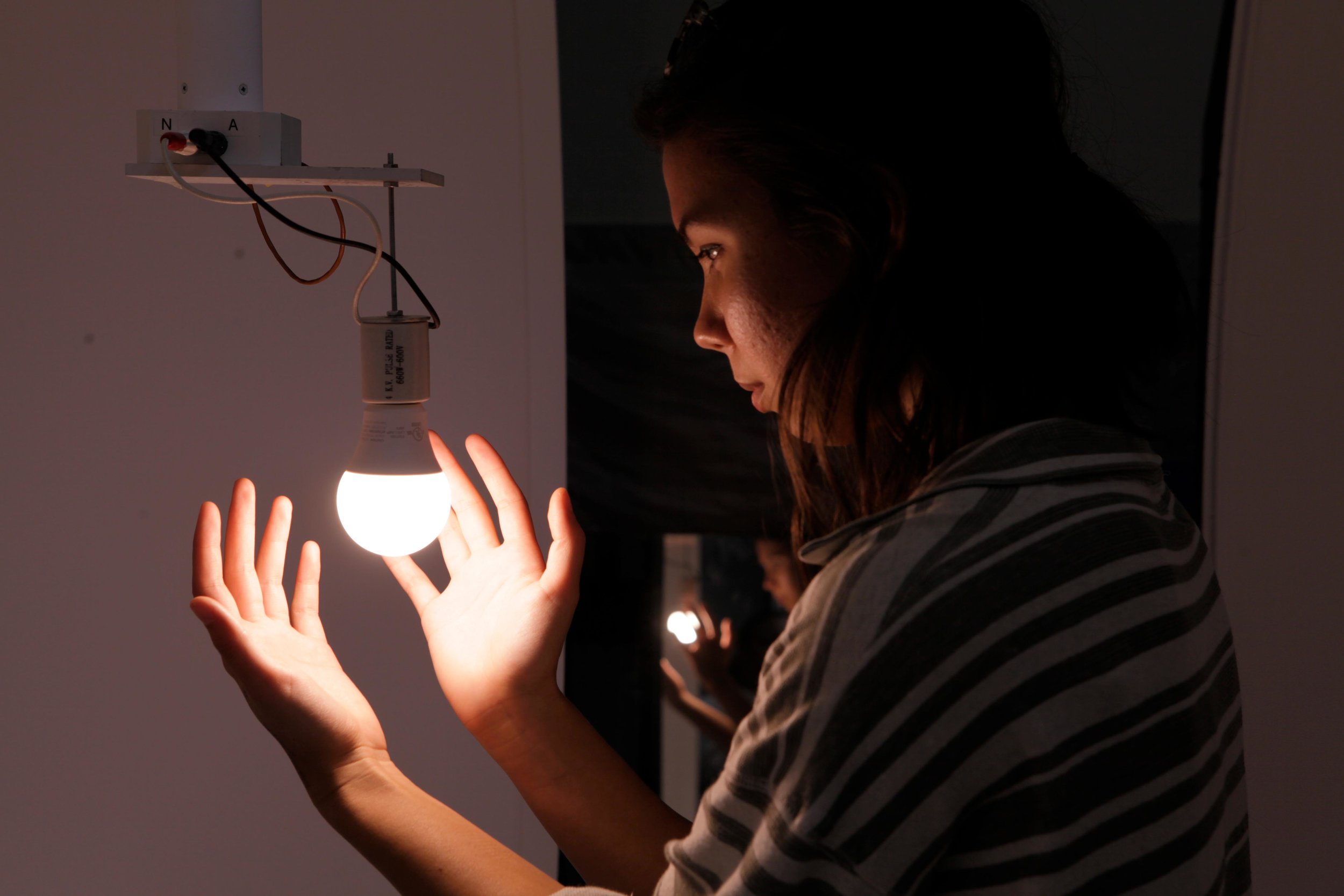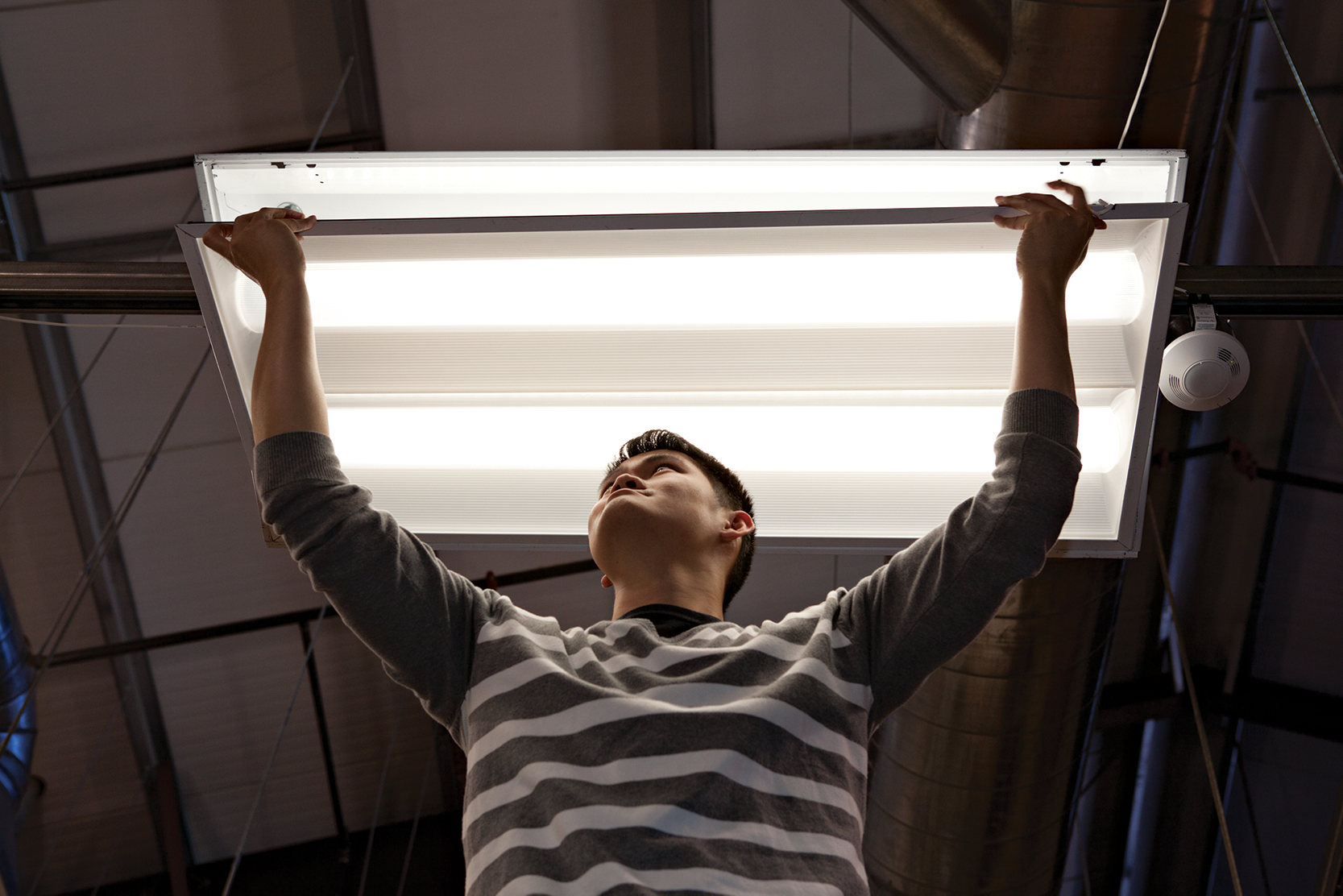+ What is the Million LED Challenge?
The University of California is spearheading a statewide effort to procure high-quality, energy-efficient light sources. The UC is collaborating with the California Community College system, the California State University system, and the California Department of General Services in this large-scale procurement effort. The collaborative will benefit campus buildings and provide a new employee-buy program.
After a public request for proposal was launched fall of 2017, the collaborative reviewed responses and selected the team of Consolidated Electrical Distributors, Inc. and LEDVANCE, maker of Sylvania general lighting in the US, to provide lighting products for the Million LED Challenge. The employee-buy program will be available to all employees of the partnership summer 2018! Students, staff, faculty, alumni and retirees will have access to the negotiated pricing and educational materials to inform purchase choices.
After a public request for proposal was launched in the summer of 2019, the collaborative reviewed responses and selected the following vendors to provide lighting products for the Challenge:
+ Why should I care about the Million LED Challenge?
Energy-efficient lighting is a key step in reducing our carbon footprint as a society. Consumers can contribute to this effort by replacing incandescent and CFL light bulbs with high performance LED options. Consumers are often faced with the challenge of selecting the best light bulb for their homes.
In order to help, the California Lighting Technology Center developed educational materials to assist during the purchase process. Additionally, the California Energy Commission developed the Voluntary California Quality LED Lamp Specification to mitigate low-quality lighting experiences with energy-efficient technology. The standards speak to color quality color rendering and color appearance in addition to energy efficiency characteristics.
The Million LED Challenge employee-buy program is specifically designed to make high-quality, high-efficiency light sources available to students, staff, faculty, alumni and retirees of the Million LED Challenge collaborators at great prices.
In addition, California’s public buildings have historically purchased large quantities of linear fluorescent lamps to equip their pendant, troffer and accent light fixtures. Recent technology developments, in combination with California's leading regulatory environment, have contributed to the development of high-quality LED light sources intended to replace linear fluorescent lamps and light fixtures. These LED products have improved performance, including color characteristics that emulate the expected performance of incumbent technology with high efficiency, dimmability and at least 50,000 hours of rated life. Using the Quality Specification for Linear LED Replacement Solutions published by the CLTC, the MLC helps facility managers identify high-quality linear LED replacement options at competitive prices.
+ Why are we doing this?
The Million LED Challenge collaborative formed a collective to create a large commitment to purchase “only” high-quality and high-efficiency light sources for common application in campus buildings and homes. The key objective of the Million LED Challenge is to enable the cost-effective purchasing of high-quality, high-efficiency light sources using the power of collective purchasing.
Today’s consumers are faced with difficult lighting purchase decisions as the commercial marketplace is filled with low-quality products in terms of color appearance, dimming and longevity. The Million LED Challenge partners decided to use the Voluntary California Quality LED Lamp Specification developed by the California Energy Commission in collaboration with the University of California Davis’ California Lighting Technology Center as the performance criteria for all future light source purchases to ensure high-quality, high-efficiency products are purchased moving forward.
+ Is this different than ENERGY STAR®?
For most consumers, ENERGY STAR® is equated to energy-efficient household appliances with the objective of providing comparative energy efficiency data to consumers. The information provided by ENERGY STAR® labeling is oriented towards efficiency with less emphasis on quality performance. Additional attention should be evaluated during purchase decisions including longevity, dimming performance and color quality. The Million LED Challenge provides consumer education allowing consumers to better understand these.
+ What is color quality and color rendering index (CRI)?
Consumers purchase light bulbs for visual service in the home. Visual service is the ability to see colors as nature intended. Many have experienced the relatively flat or dull, off- color appearance under linear fluorescent and CFL light bulbs. Often, light bulbs designed with energy efficiency as the only criteria in mind limit the breadth of color spectrum. While these light sources appear white to the human eye, they may do a relatively poor job of rendering color particularly in the red part of the visible spectrum.
Color rendering index (CRI) is a metric that the lighting industry uses to describe the ability of a light source to produce color as faithfully as daylighting or incandescent light sources. Incandescent and daylight sources have color rendering of 100, while low-quality compact fluorescent and LED light bulbs are range from 80 to 82 CRI. The Voluntary California Quality LED Lamp Specification requires that light sources have a color rendering index CRI of at least 90. At 90 CRI, color rendering will be very good in the home and materials will be rendered faithfully and will look natural.
+ Why the partnership?
California has a long history of collaboration in the energy efficiency and sustainability arena. High-quality energy-efficient lighting is a great opportunity to leverage this institutional partnership as most of the light source types used in campuses are very similar. There is strong support for using the best quality light sources inside California educational institutions.
+ What’s next?
The Million LED Challenge has been very successful driving future purchases of high quality lamps for California institutions. Given this level of success, next steps will address other lighting products commonly used inside institutional building types including recessed fixture luminaires used for office applications and exterior lighting for parking and street applications.
+ How can I quickly tell if the linear LED retrofit solution is MLC-approved?
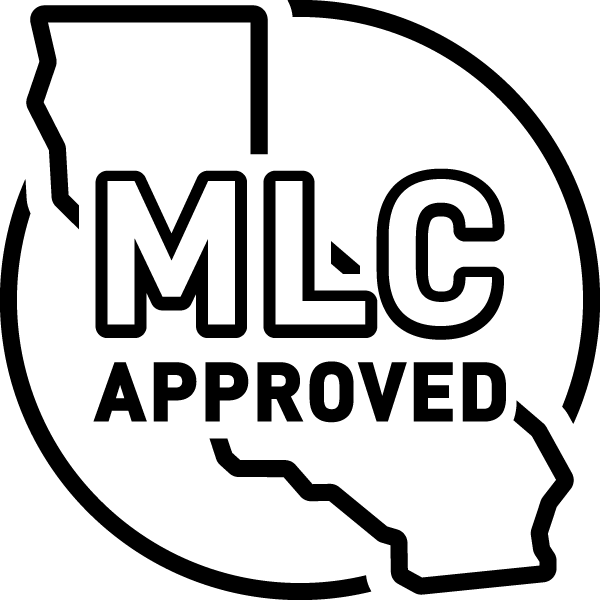 Linear LED retrofit solutions that are MLC-approved will be marked with this logo.
Linear LED retrofit solutions that are MLC-approved will be marked with this logo.




 Linear LED retrofit solutions that are MLC-approved will be marked with this logo.
Linear LED retrofit solutions that are MLC-approved will be marked with this logo. 